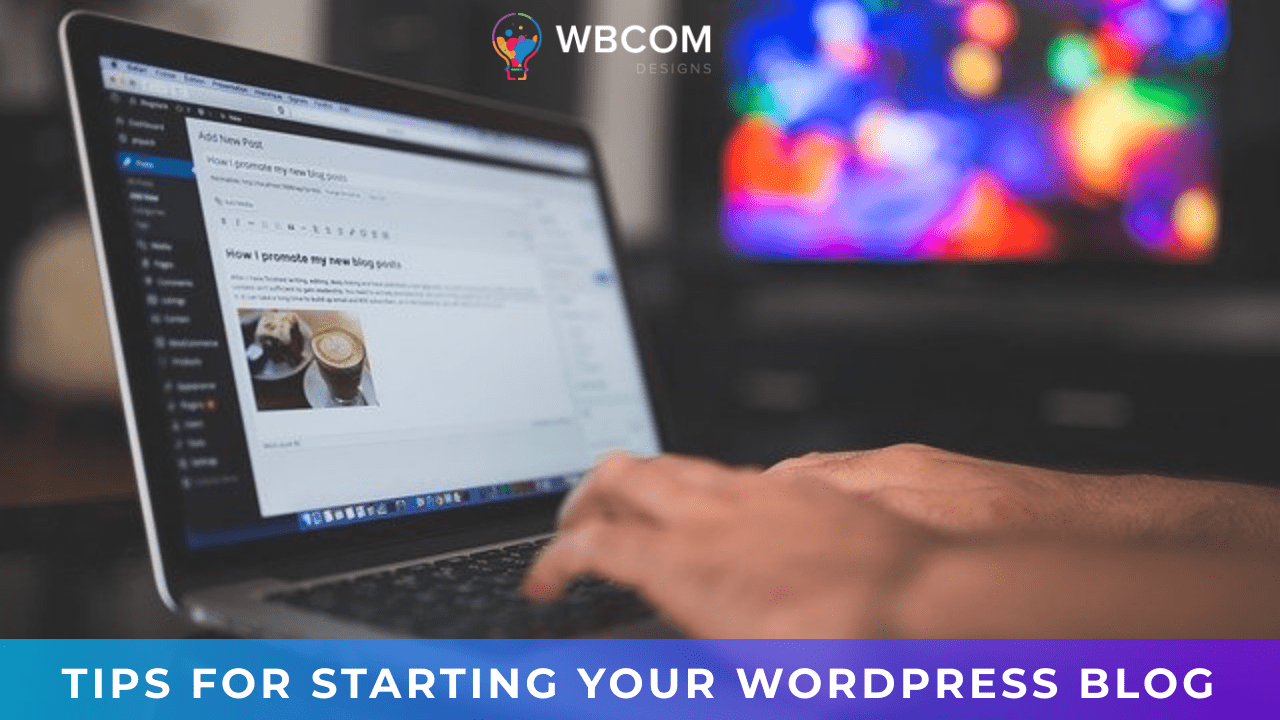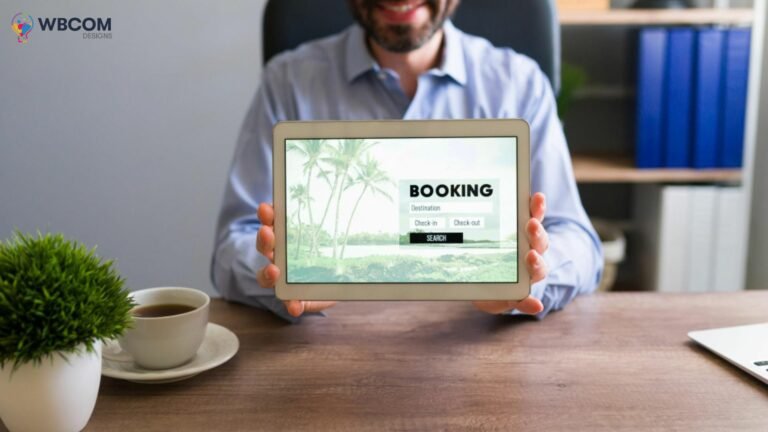Starting Your WordPress Blog was a relatively simple process in the early days of WordPress. You could download the software, install it on your web server, and you were good to go. But things have changed for the most part over the past few years as WordPress has become more popular and complex. Nowadays, there are all kinds of different options and settings to consider before you can start blogging.
And if you’re unfamiliar with all these options, it can be downright confusing to figure out where to start. From finding the right hosting solution, picking a theme and plugins, to choosing an AI writing tool – there’s a lot to think about.
Table of Contents
ToggleTips For Starting Your WordPress Blog
But don’t worry, we’re here to help. This article will give you 10 tips for starting your WordPress blog in 2022. By the end, you should understand what you need to do to get your blog up and running smoothly.
So let’s get started!
1. Choose The Right Hosting Solution
The first step in starting your own WordPress blog is choosing the right hosting solution. This is one of the most important decisions you’ll make because it will determine how fast and reliable your website is. And if your website is slow or down, your readers will quickly become frustrated and go elsewhere.
There are three leading hosting solutions: shared hosting, managed WordPress hosting, and VPS hosting.
Shared hosting is the probably most popular and affordable option. It’s perfect for beginners because it’s easy to set up and requires no technical knowledge. However, shared hosting can be unreliable because your website will share a server with other websites. So if another website on the server gets a lot of traffic, your website will also suffer.
Managed WordPress hosting is a decent step up from shared hosting. It’s more expensive, but it has many great features, such as increased speed and security. WP Engine is one of the most used managed WordPress hosts.
VPS hosting is the most expensive option but offers the best performance. With VPS hosting, your website will have its server. This means you won’t have to share resources with other websites, so your site will load faster and be more reliable.
Also Read: Effective Ways to Generate Leads via Blog
2. Choose A Perfect Theme
After you’ve chosen your hosting solution, the next step is to choose a WordPress theme. A WordPress theme is a big collection of files that controls the look and feel of your website.
There are thousands of nice themes to choose from, so it can be overwhelming to find the perfect one. But don’t worry, we’ve got you covered.
3. Install The Right Plugins
Another critical aspect of starting your WordPress blog is choosing the right plugins. Plugins are small software programs that extend the functionality of WordPress.
For example, there are plugins for security, performance, SEO, social media, email marketing, and more. So no matter what type of blog you’re planning to create, some plugins can help.
Again, there are thousands of plugins to choose from. So it’s important to do your own research and install only the ones you need. We have a helpful article on must-have WordPress plugins that you can check out.
Also Read: 15 WordPress Plugins to Create Content
4. Pick A Writing Tool

If you want to be a big blogger, you need to be able to write well. After all, the content is the most crucial part of your blog.
There are all sorts of different writing tools that you can use to help you write better content. For example, WordAI is a great tool that uses artificial intelligence to help you write better articles.
AI content tools are becoming increasingly popular, so we recommend you check them out.
5. Create A Content Calendar- Starting Your WordPress Blog
One of the best ways to stay organized as a blogger is to create a proper content calendar. A content calendar is a simple schedule of the articles you plan to write and publish.
Creating a content calendar has a lot of benefits:
- It helps you stay on track by ensuring that you’re publishing new content regularly.
- It allows you to save time by batch-writing your articles.
- It gives you an overview of your blog to see what topics you’ve already covered and what topics you need to write about next.
There are all sorts of different content calendar tools that you can use. We recommend using CoSchedule, which is a great tool that’s specifically designed for bloggers.
6. Write Compelling Headlines
Creating compelling headlines is one of the most important aspects of writing great content. After all, your headline is what will determine whether or not people read your article.
There are all sorts of different techniques you can use to write better headlines. For example, you can use powerful words to make your headlines more emotional. You can also use numbers and lists to make your headlines more clickable.
Check out our article on how to write attention-grabbing headlines for more tips.
Also Read: Check Tips How To Write SEO Friendly Headlines For Your Blog Post
7. Optimize Your Images- Starting Your WordPress Blog
Another important aspect of creating great content is optimizing your images. Whenever you upload an image to WordPress, you have the opportunity to add a title, caption, and alt text.
The title and caption are for your readers, while the alt text is for search engines. Optimizing your images can help your articles rank higher in Google image search.
8. Format Your Articles

Once you’ve written your article, it’s important to format it correctly. That means adding headings, subheadings, and bullet points where appropriate. It also means breaking your content into small paragraphs, making it easy to read.
By formatting your articles correctly, you can make them more visually appealing and easier to read. That way, people are more likely to stick around and read your content.
9. Promote Your Content
After you’ve published your article, it’s time to start promoting it. There are all sorts of different ways you can promote your content. For example, you can share it on social media, post it in forums, or guest post on other blogs.
You can also use some kind of paid advertising to promote your articles. For example, you can use Google AdWords or Facebook Ads to get your articles in front of more people.
10. Measure Your Results
Finally, measuring your results is important so you can see what’s working and what’s not. By measuring your traffic and engagement metrics, you can determine which content types are performing well and which aren’t.
You can also use Google Analytics to track your results. Google Analytics is a free tool that lets you see how people find your blog and what they do once they get there.
The Bottom Lines- Starting Your WordPress Blog
By following these 10 tips, you can write better content for your blog. Remember to be patient and consistent; you’ll slowly but surely see your traffic and engagement numbers go up.
Intersting Reads:








